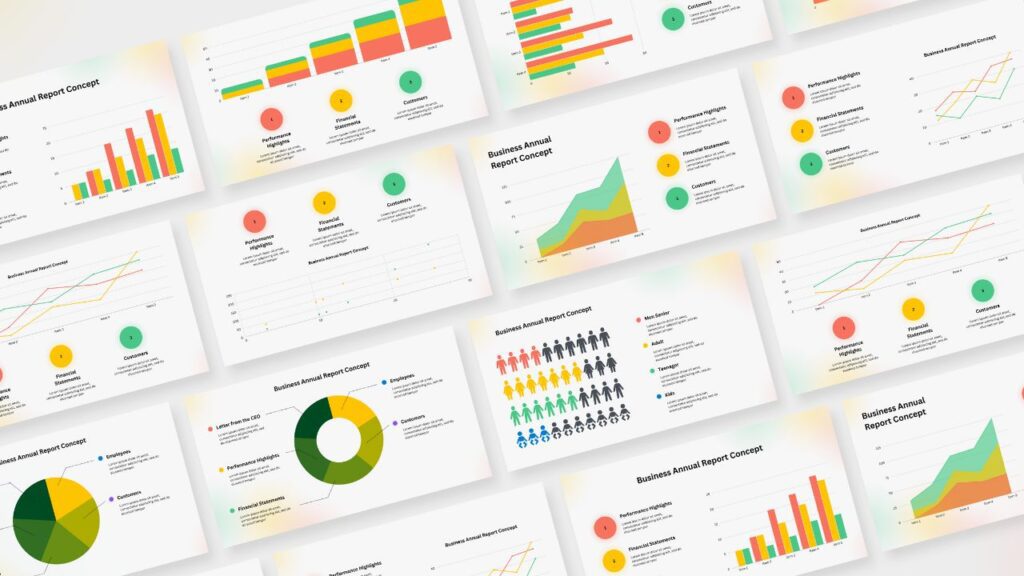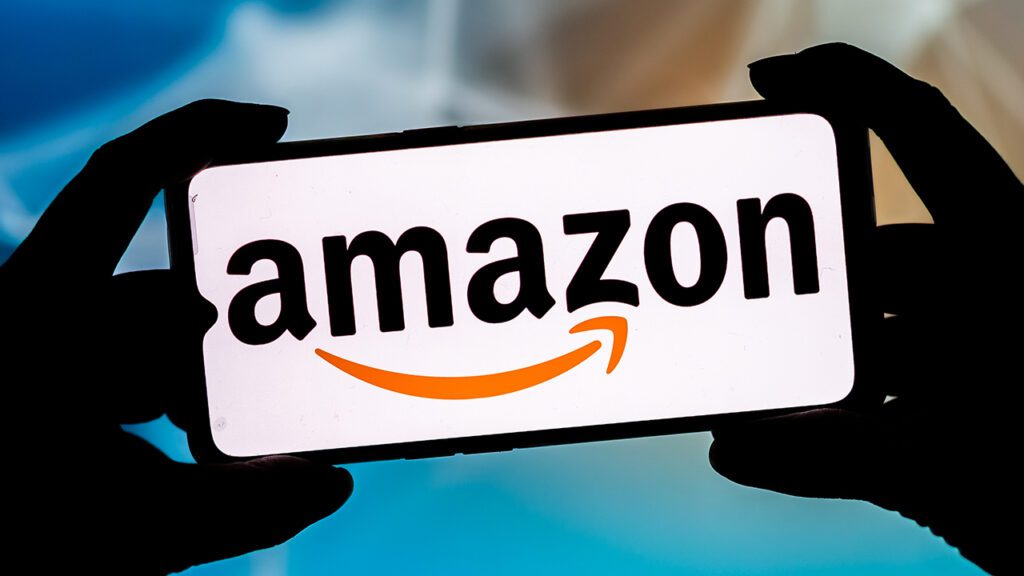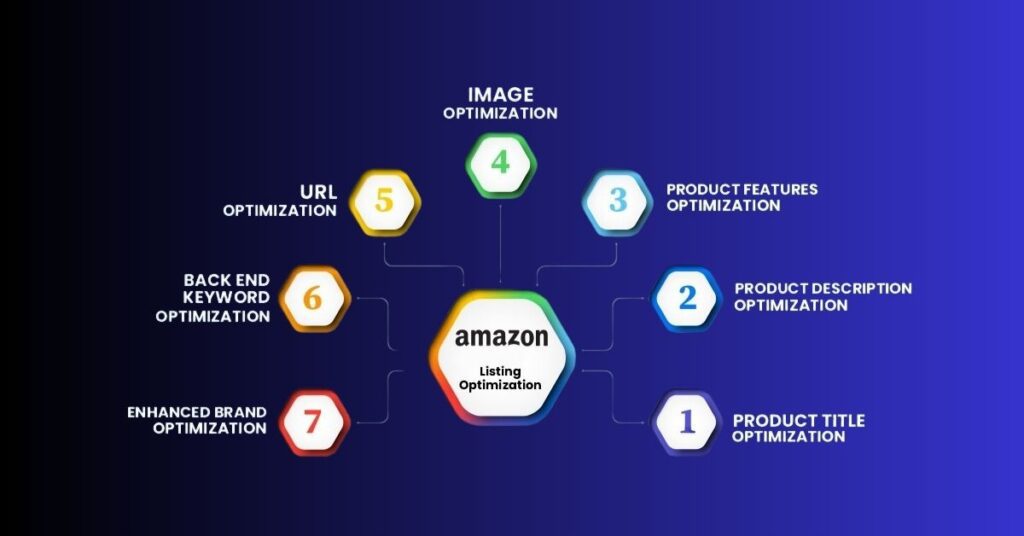

As the landscape of Amazon’s retail ecosystem continues to evolve, a fascinating trend emerges: more than half of Amazon’s retail sales stem from third-party (3P) sellers rather than the e-commerce behemoth itself.
This surge owes much of its momentum to the unprecedented flexibility that Amazon extends to its sellers.
Within this dynamic framework, six distinct Amazon business models have taken root, each offering a unique avenue for selling products on the platform. An exhaustive survey of over 2,600 Amazon sellers uncovers the prevalence of these models in the marketplace, with private label emerging as the dominant choice among sellers at 54% utilization*. Other models, including wholesale, retail arbitrage, online arbitrage, dropshipping, and handmade, contribute their own strengths to the mix.
*It’s important to note that some sellers adopt more than one business model, contributing to overlapping percentages.
The journey ahead explores the intricacies of these diverse Amazon business models, shedding light on the distinctive attributes of each and guiding aspiring entrepreneurs on their journey to selling success on the Amazon platform.
Unveiling “Private Label” on Amazon
At the forefront stands the concept of private label, where a retailer rebrands or renames an existing product under their own banner. Brands like Walmart’s Great Value or Target’s Main Stays epitomize private label products. Interestingly, even Amazon has joined this arena with products such as Amazon Essentials and Amazon Basics.
According to the comprehensive Amazon seller survey, private label takes the lead, with an impressive 54% of sellers opting for this method to showcase their offerings on the platform.
Exploring the Costs and Benefits of Private Label
In terms of cost, private label demands a more significant investment compared to its counterparts. A substantial 61% of private label sellers spend $2,500 or more to initiate their endeavors.
The allure of private label lies in its potential profitability. A remarkable 56% of private label sellers achieve monthly sales exceeding $5,000, while an impressive 35% manage to turn a profit within their first six months of Amazon sales.
Setting up shop in the private label realm requires a bit more time, as 48% of sellers establish their operations within three months or less.
Navigating Challenges in the Private Label Arena
Private label sellers face their own set of challenges. Chief among these is the art of optimizing product listings (65%), followed closely by the task of identifying profitable products to sell (62%). Managing inventory (58%) and fine-tuning Amazon pay-per-click (PPC) bids (55%) also rank high among the hurdles.
Simplifying Retail Arbitrage on Amazon
Retail arbitrage, another distinctive approach, involves sourcing discounted products from brick-and-mortar stores for resale online. The earnings from retail arbitrage sellers on Amazon derive from the difference between the sale price on Amazon minus associated fees and the initial product cost.
Evaluating Costs and Returns in Retail Arbitrage
In terms of cost, retail arbitrage is notably economical. An impressive 49% of retail arbitrage sellers launch their Amazon journey with an investment under $1,000, with one in three keeping costs under $500.
Yet, while retail arbitrage is cost-effective, it’s worth noting that profits are more modest. A significant 62% of retail arbitrage sellers generate less than $5,000 per month on Amazon, with 25% earning less than $500.
Understanding the Timeline of Retail Arbitrage
For those looking for a swift start, retail arbitrage is a prime choice, with 41% of sellers taking six weeks or less to establish their presence on Amazon.
Delving into Online Arbitrage on Amazon
Online arbitrage involves identifying discounted products on one online platform and reselling them on Amazon. Just like retail arbitrage, the profits are derived from the price difference between Amazon’s sale price and the initial product cost.
Analyzing Costs and Gains in Online Arbitrage
Online arbitrage starts with a feasible investment, as 58% of sellers initiate their Amazon journey with less than $2,500. Remarkably, 29% of these entrepreneurs begin with less than $500.
Profitability and Quick Initiation in Online Arbitrage
Online arbitrage proves to be a lucrative choice for many, with 55% of sellers earning over $5,000 per month. The vast majority, 68%, set up their operations and achieve results within a three-month window.
Unraveling the Wholesaling Approach on Amazon
Wholesaling entails bulk purchasing of discounted goods for resale as individual items in the retail marketplace. Notably, many wholesale products already feature existing listings on Amazon.
Evaluating Costs and Potential in Wholesaling
For those embarking on the wholesaling journey, costs remain reasonable, with 47% of wholesalers beginning their Amazon venture with an investment under $2,500.
Profits and Timeframe in Wholesaling
Wholesaling emerges as a profitable choice, as a significant 61% of wholesalers generate monthly sales exceeding $5,000. However, the majority of wholesalers (58%) report profit margins below 20%. For those seeking a quick launch, 47% manage to establish their presence on Amazon within six weeks or less.
Embracing the Dropshipping Model on Amazon
Dropshipping involves a unique business model where Amazon sellers forgo maintaining their inventory. Instead, they transmit customer orders directly to manufacturers or suppliers for fulfillment.
Evaluating Costs and Returns in Dropshipping
Dropshipping proves to be a budget-friendly entry point, with 50% of dropshippers initiating their Amazon journey with an investment of less than $2,500. Remarkably, 17% of dropshippers commence with a mere $500 or less.
Profitability and Initiation Time in Dropshipping
Profitability in dropshipping varies, as 39% of dropshippers earn $5,000 or less per month, while 48% enjoy profit margins ranging from 11% to 25%. Interestingly, dropshipping requires a bit more time for setup, with 56% of sellers reporting a duration of more than six weeks. Some even take over a year to commence their operations.
Crafting Handmade Wonders on Amazon
Amazon’s handmade sellers craft and create their unique products for sale on the platform. This category encompasses a wide array of offerings, from jewelry to home decor.
Examining Costs and Returns in Handmade
Launching a handmade business on Amazon proves relatively cost-effective, with 53% of Amazon handmade sellers initiating their journey with an investment under $2,500.
Profit Margins and Initiation Time in Handmade
While handmade may not boast the highest profits, it does have better margins, with 52% of handmade sellers realizing profit margins between 11% and 25%. Initiating a handmade business on Amazon takes varying durations, as 43% of sellers take less than six weeks, while 40% require three months to a year to achieve profitability.
Conquering Challenges Across Amazon Business Models
Each Amazon business model carries its distinct set of challenges. For private label sellers, optimizing product listings (65%) and sourcing profitable products (62%) rank as primary obstacles. Retail arbitrage sellers grapple with expense management (44%) and finding suppliers (38%). Online arbitrage sellers tackle challenges like optimizing product listings (34%) and managing expenses (44%).
Navigating Success with Amazon Business Models
Embarking on an Amazon selling journey necessitates a nuanced understanding of the chosen business model. This includes meticulous research, supplier collaboration, and effective listing creation. For a smoother operation, Amazon’s Fulfillment-by-Amazon (FBA) program offers convenience by managing product storage, shipping, and customer service.
As the realm of Amazon business models continues to expand and evolve, grasping the intricacies and possibilities within each approach is paramount. With dedication and informed strategies, entrepreneurs can navigate the diverse landscape and carve their path to success.
Note: The information presented is derived from An exhaustive Amazon seller survey and reflects prevailing trends and practices in the Amazon ecosystem.



